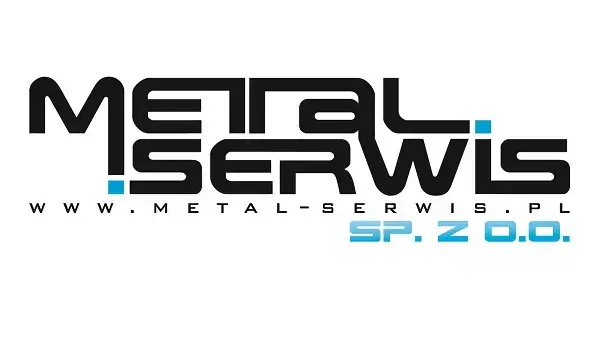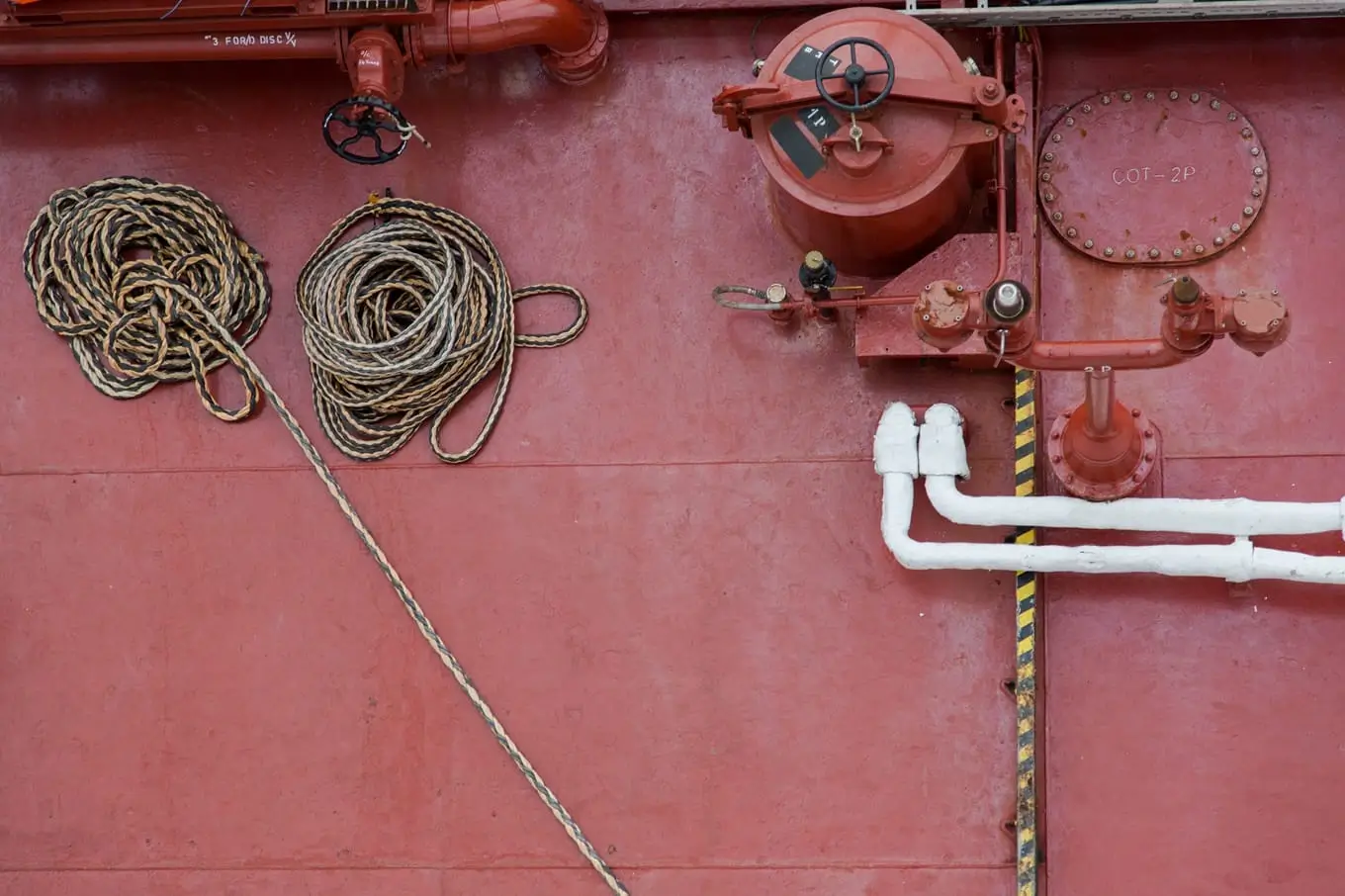Marine hatches play a crucial role in ensuring the safety and functionality of vessels. They serve to secure access to various parts of the ship, for both crew and equipment, while simultaneously protecting against water ingress. To fulfill their purpose, they must comply with specific technical, strength, and sealing standards, which are regulated by industry and international norms. Marine hatches are available from Metal-Serwis. Let’s take a closer look.
Structural Strength of Hatches
One of the fundamental requirements for marine hatches is their ability to withstand significant mechanical loads. Hatches must be resistant to forces resulting from water pressure, vibrations generated by engines, and mechanical interactions associated with ship operation. Standards specify minimum material thicknesses and requirements for the steel alloys and other structural materials used. It is crucial that hatches do not undergo deformation or cracking, which could affect their watertightness and functionality.
Watertightness and Water Protection
Marine hatches must ensure complete watertightness to prevent water from entering the vessel. These requirements apply to both deck hatches and those located below the waterline. Standards regulate the method of gasket installation, types of closures, and watertightness tests conducted during production and installation. Each hatch must be equipped with closing mechanisms that allow for quick and effective securing in emergency situations. The watertightness of hatches is regularly inspected during the vessel’s technical reviews.
Ergonomic and Safety Requirements
In addition to strength and watertightness, marine hatches must comply with ergonomic and safety requirements. Their design should allow for easy and quick opening and closing, which is crucial for both daily operation and emergency situations. The surfaces of hatches, steps, and handles must be non-slip, which minimizes the risk of accidents. These requirements are regulated by international standards, such as the SOLAS (Safety of Life at Sea) convention, which specify detailed parameters regarding dimensions, opening angles, and hatch markings.

